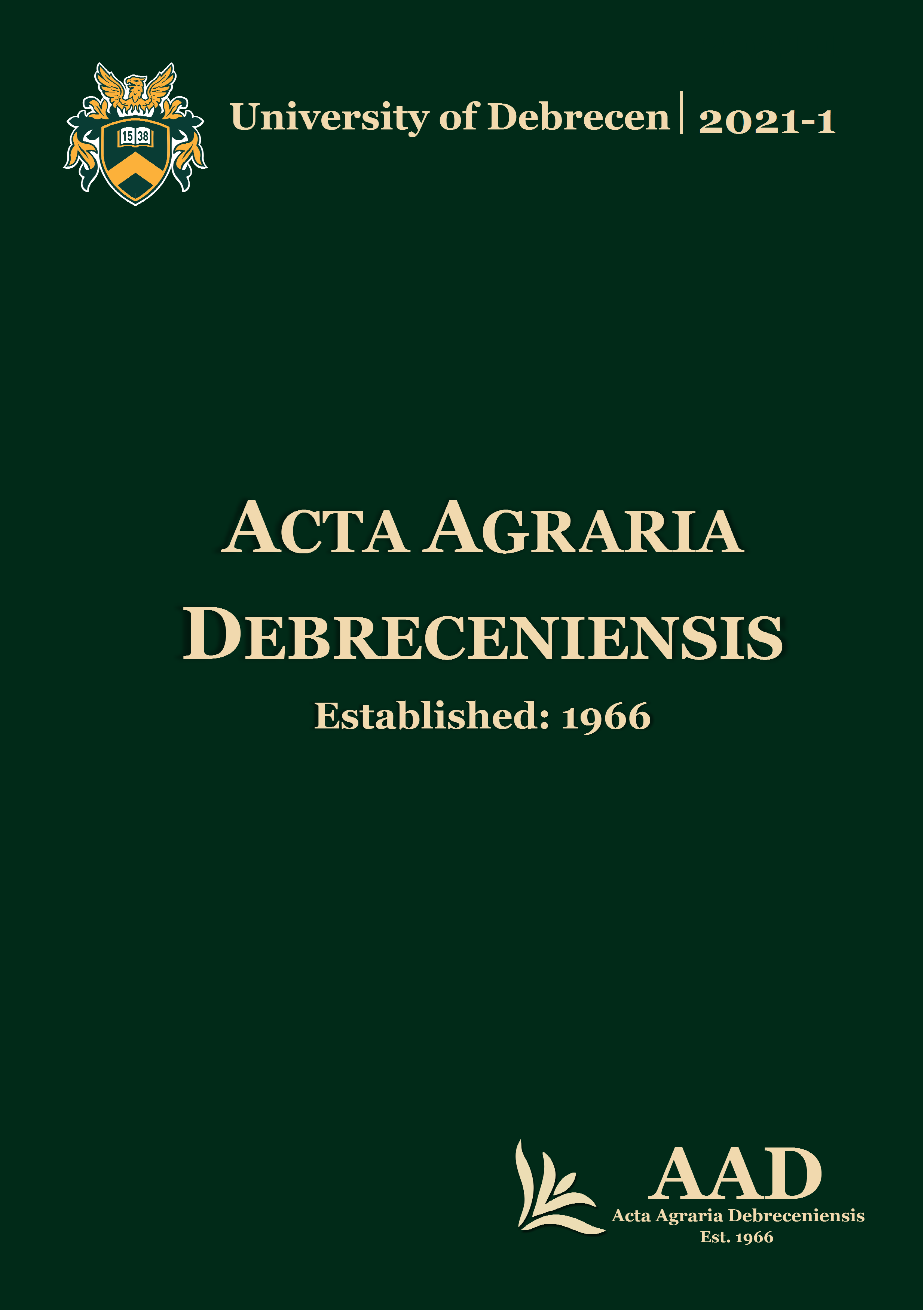Climatic water balance in Hamelmalo, Eritrea
Authors
View
Keywords
License
Copyright (c) 2021 by the Author(s)

This work is licensed under a Creative Commons Attribution 4.0 International License.
How To Cite
Accepted 2021-01-11
Published 2021-06-01
Abstract
Agricultural production is an important sector for peoples to live, but it is highly affected by climate change. To have a good production we need to understand the climatic parameters which adversely affect production. Hamelmalo, which is located in the semi-arid area of Eritrea, is vulnerable to climate change and this is realised in the total production loss. Nevertheless, there is no concrete reference about the climate of the region due to lack of data for a long time. Changes in precipitation (P), evapotranspiration (ET) and, implicitly, in the climatic water balance (CWB), are imminent effects of climate change. However, changes in the CWB, as a response to changes in P and ET, have not yet been analysed thoroughly enough in many parts of the world, including Eritrea. This study also explores the changes of the CWB in the Hamelmalo region, based on a wide range of climatic data (P, relative air humidity and evaporation pan necessary for computing potential evapotranspiration (PET) with the pan evaporation method) recorded at Hamelmalo from 2015-2019. This analysis shows that the annual cumulative CWB for Hamelmalo is negative in 67% of the years. The dry season without precipitation leads to negative CWB and the change in CWB only starts from the raining or crop season. Based on this recent study, 2015 had the highest PET and lowest P, and this resulted in the lowest CWB in the investigated period. Opposite to this, 2019 had lower PET and highest P, which led to the highest CWB. However, the monthly values of CWB did not correlate with the annual P or ET. On the base of our study, it can be concluded that PET and P were very variable in the investigated years and P was the most influential elements of CWB.

 https://doi.org/10.34101/actaagrar/1/8307
https://doi.org/10.34101/actaagrar/1/8307